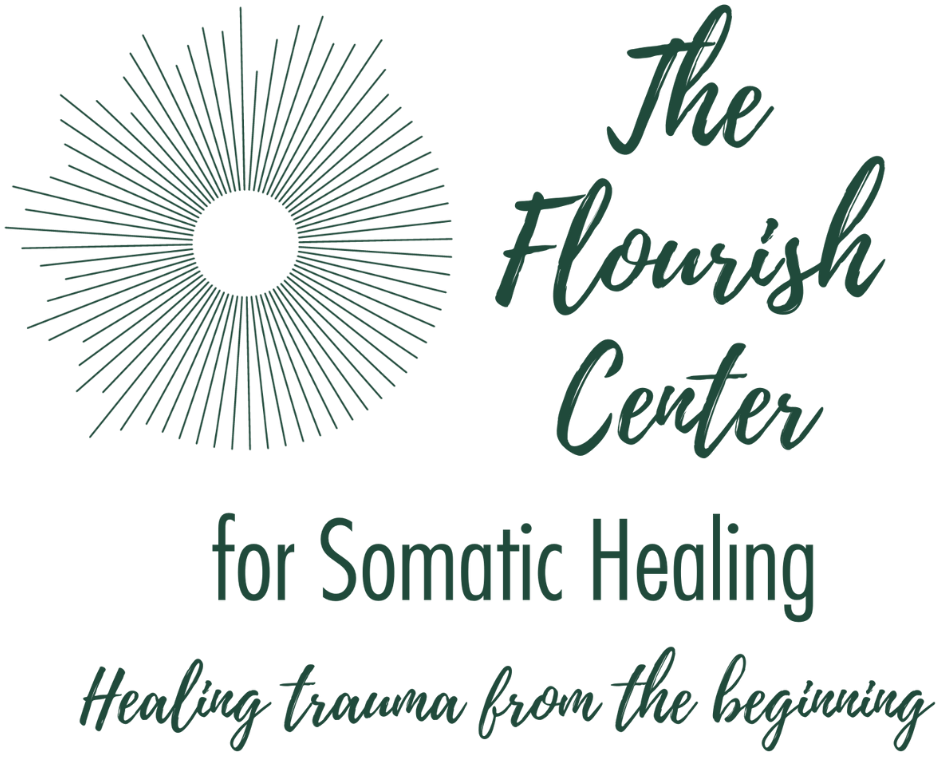
In a world where yoga has become a household word and studio classes are widely available, it’s easy to assume that all yoga is the same. But if you’ve experienced trauma or carry chronic stress in your body, the difference between a typical yoga class and trauma-informed yoga therapy can be profound—and even life-changing.
Let’s explore what sets them apart and why trauma-informed yoga therapy might offer the deeper support you’ve been seeking.
Yoga Class: Movement, Breath, and Community
A traditional yoga class usually follows a set sequence or style (like vinyasa, hatha, or yin) and is often taught to a group of people with a wide range of experiences and needs. The teacher guides students through physical postures, breath practices, and sometimes meditation. Classes can be energizing, calming, or physically challenging, and many people find them supportive for general well-being.
However, these classes are often designed for the “average” body and nervous system. That means they may not address the nuanced needs of someone healing from trauma, chronic anxiety, or a history of disconnection from the body. Without a personalized approach or sensitivity to triggers, some yoga classes can unintentionally leave students feeling overwhelmed, unseen, or retraumatized.
Trauma-Informed Yoga Therapy: Personalized, Somatic, and Healing-Centered
Trauma-informed yoga therapy is a specialized approach that blends the ancient wisdom of yoga with the science of nervous system regulation and trauma healing. It’s not just about the poses—it’s about restoring a felt sense of safety, agency, and connection within your own body.
Here’s what makes trauma-informed yoga therapy different:
- Individualized Attention: Yoga therapy is often offered one-on-one or in very small groups. Practices are customized for your specific physical, emotional, and psychological needs—especially helpful if you’re navigating PTSD, anxiety, chronic pain, or dissociation.
- Somatic Awareness: Rather than pushing through a sequence, you’re invited to slow down, feel into your body, and notice what’s happening inside. This cultivates interoception—the ability to sense your internal landscape—which is a powerful tool for trauma recovery.
- Choice and Empowerment: A trauma-informed yoga therapist emphasizes your agency. You’re always in control of how you participate, which builds trust and helps rewrite patterns of helplessness that often stem from trauma.
- Regulation and Resilience: Practices are geared toward helping you regulate your nervous system—whether that means up-regulating from freeze or down-regulating from anxiety. Over time, you build resilience and expand your capacity to feel and respond rather than react.
Why Choose Trauma-Informed Yoga Therapy?
If traditional yoga has ever felt too fast, too intense, or not quite right for where you are in your healing journey, trauma-informed yoga therapy offers a gentler, more attuned path. You don’t have to fit into a practice—here, the practice fits you.
Some of the key benefits include:
- Greater emotional regulation and nervous system balance
- Relief from chronic tension, pain, and dissociation
- A stronger connection to your body and inner wisdom
- Tools to navigate stress, triggers, and overwhelm with more ease
- A sense of safety, compassion, and presence that supports deeper healing
Final Thoughts: Healing Isn’t One-Size-Fits-All Here At Flourish
Healing from trauma isn’t about mastering a pose or touching your toes. It’s about coming home to yourself—gently, patiently, and with care. Trauma-informed yoga therapy honors the complexity of your lived experience and offers a pathway to healing that is as empowering as it is compassionate.
If you’re curious about how yoga therapy could support your journey, book a consult with one of our experienced yoga therapists. You can learn more about them on our About Flourish page. You deserve a practice that meets you exactly where you are.

